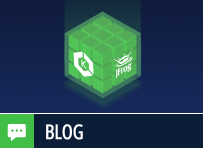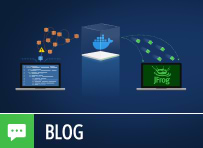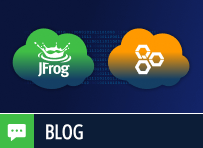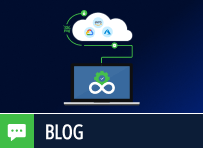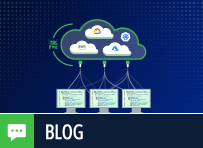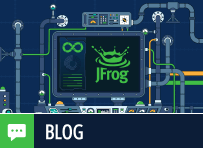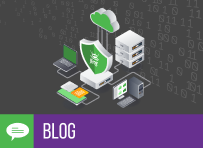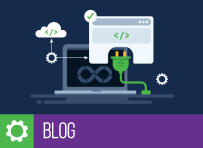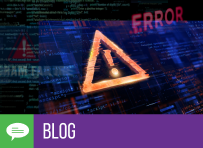Level Up Your Container Security: Introducing the JFrog Kubelet Credential Provider
Amazon Elastic Kubernetes Service (Amazon EKS) is a fully managed, compliant Kubernetes service that simplifies running, managing, and scaling containerized applications. EKS automatically handles the availability and scalability of the Kubernetes control plane, allowing teams of any size or skill level to focus on building and deploying production-ready applications across diverse environments, including AWS, on-premises, …
